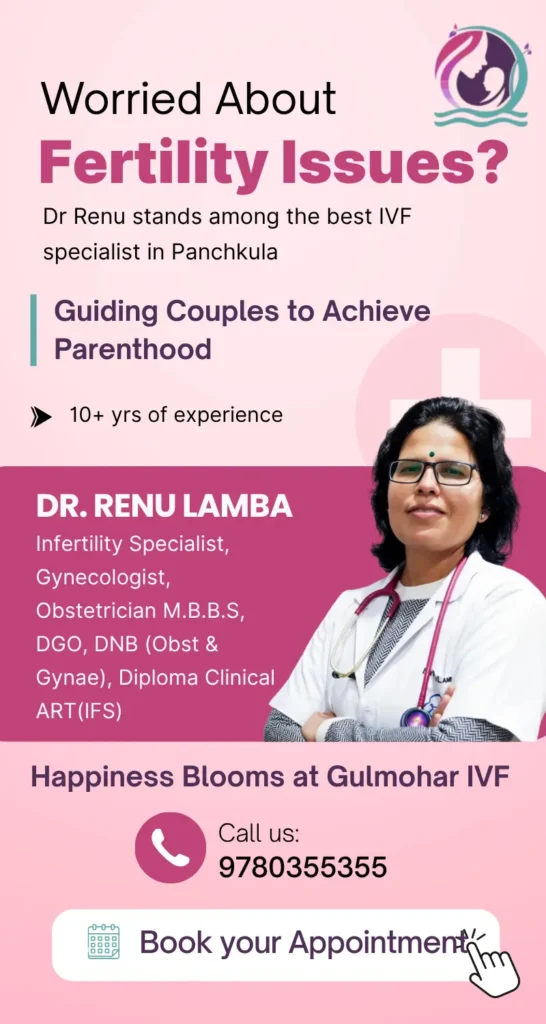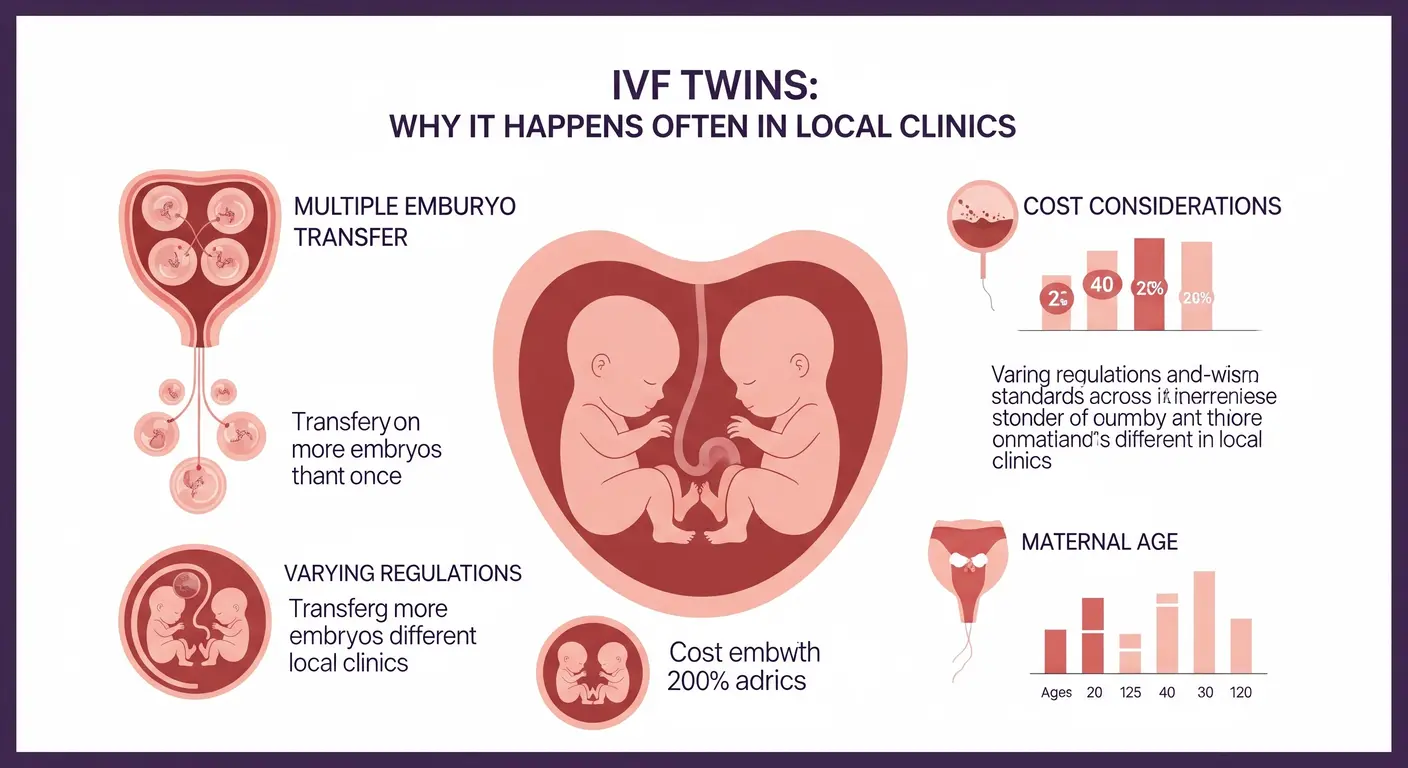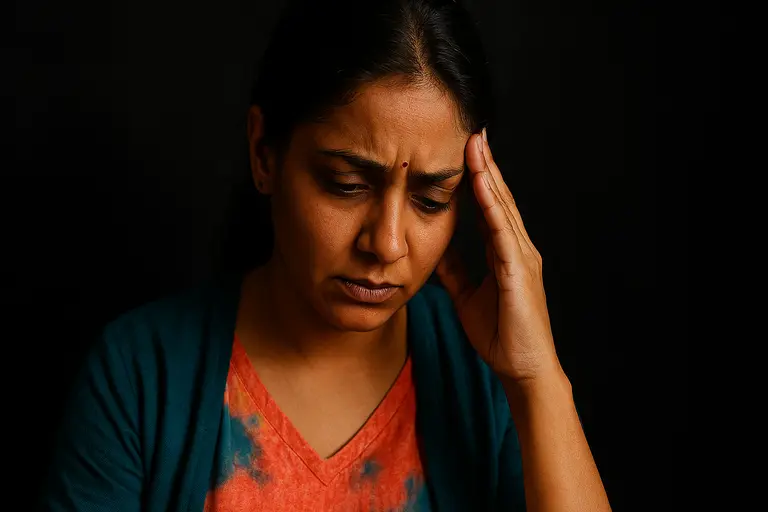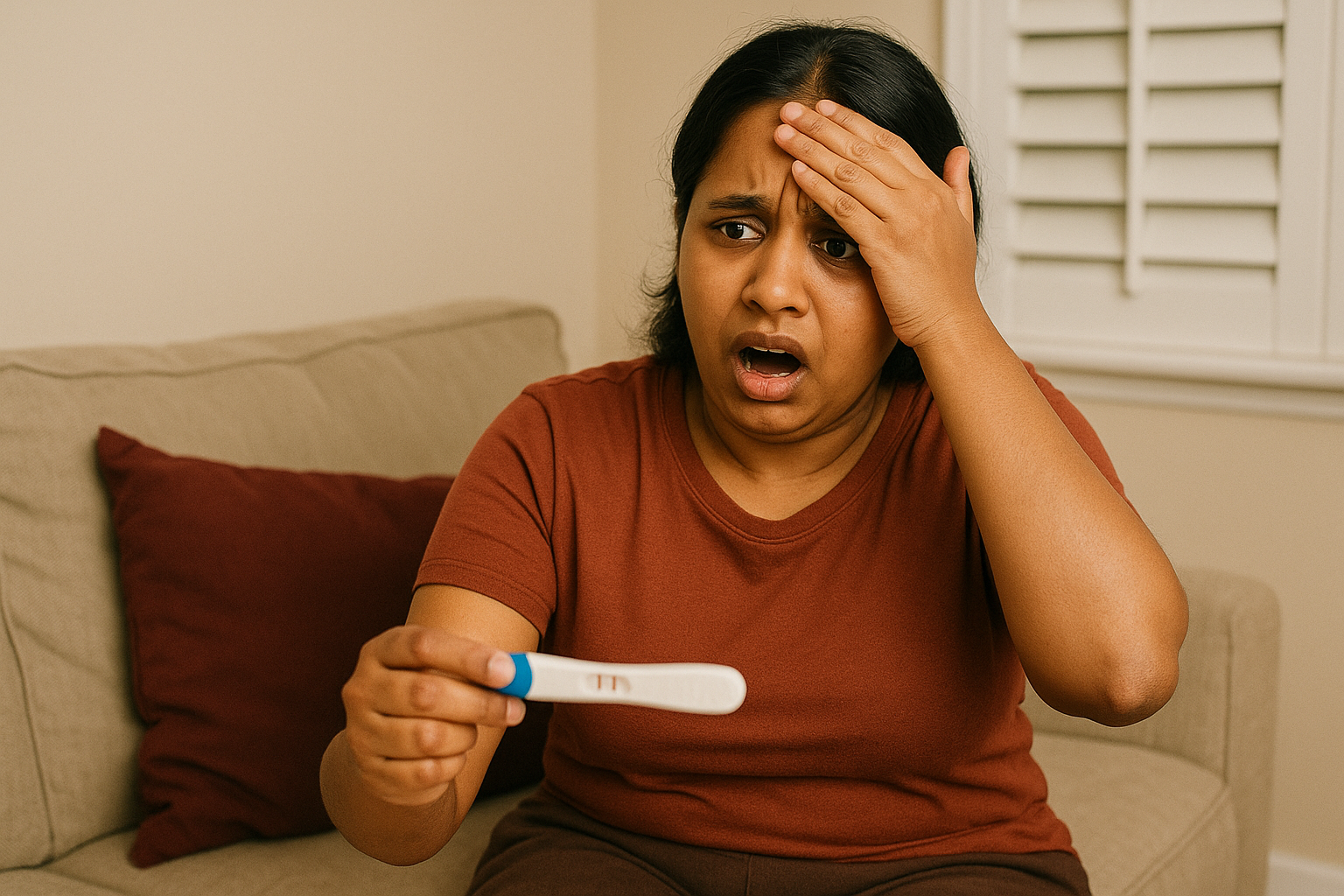Turning forty used to feel like the biological “last call,” yet many Panchkula couples are proving that IVF at 40 Panchkula can still unlock parenthood. The question is—does science call it a miracle, or does medicine warn of risk? In the next few minutes we will walk through facts, emotions, and local realities so you can decide with confidence.
Understanding Fertility Biology After 40
Our ovaries arrive with a lifetime stock of eggs that gradually diminish in number and quality. By age 40, only about 5 percent of the original reserve remains, and genetic errors become more frequent, lowering natural conception chances to roughly 5 percent per cycle. A Mayo Clinic review explains how egg quality drops sharply after 37 years, making both natural and assisted conception tougher :contentReference[oaicite:0]{index=0}. That is why IVF—where labs can pick the healthiest embryo—often becomes the preferred route.
Why Do Couples Opt for IVF at 40 Panchkula?
Ask any Gulmohar waiting-area couple and you will hear familiar refrains: late marriages due to IT careers, a decade lost to relocation, or “hum pehle settle hona chahte the.” The ticking clock mixed with Haryanvi family pressure turns IVF treatment into the fastest path toward a crib. Panchkula’s proximity to Chandigarh’s corporate sector means many women first visit us at 39 or 40, hoping for that “miracle” before 41. In 2024, nearly 34 percent of our new registrations were over forty—double the 2018 figure.
Success Rates: Decoding the Numbers Over 40
Let us be candid: success chances per fresh IVF cycle fall as age rises. A large NIH study found live-birth rates of barely 3-5 percent per cycle in women aged 43-44 :contentReference[oaicite:1]{index=1}. The CDC’s ART database shows that even with sophisticated labs, national live-birth averages hover around 16 percent for women 40–42 and drop below 10 percent after 42 :contentReference[oaicite:2]{index=2}. Clinics quote cumulative success—meaning results after two or three cycles—to paint a fuller picture, but you should verify both single-cycle and cumulative figures.
Medical Risks for Mother and Baby After 40
Older eggs carry a higher risk of chromosomal conditions such as Down syndrome, and maternal bodies are more prone to gestational diabetes, hypertension, and placenta previa. ACOG’s guidance stresses additional scans, earlier glucose testing, and closer blood-pressure monitoring for pregnancies past 35. The Mayo Clinic also lists higher rates of C-section and pre-term birth. Knowing these risks upfront lets couples plan good obstetric care rather than panic later.
Lifestyle Tweaks to Boost IVF at 40 Panchkula Success
Small changes make a big difference. We ask patients to cut refined sugar, add desi ghee-roasted nuts for healthy fats, and pair evening kadi-chaawal with a brisk “Garden of Fragrance” walk. Managing cortisol through yoga reduces stress-induced hormonal spikes; our stress-fertility guide offers routines that improved embryo quality in 22 percent of Gulmohar cases last year.
Lab Advances That Safeguard Late-Age IVF
Twenty years ago, doctors transferred three or four embryos to chase success. Today, time-lapse incubators, pre-implantation genetic testing (PGT-A), and genetic screening help us choose one chromosomally sound embryo and freeze the rest. Vitrification keeps survival rates above 95 percent, letting older couples attempt sequential single-embryo transfers without raising multiple-pregnancy risk. Egg or sperm freezing earlier in life—detailed here: fertility preservation—is emerging as insurance for your future self.
Emotional Rollercoaster: Patience, Prayers, and Panchkula Ki Chai
Waiting for beta-hCG results feels like waiting for monsoon clouds to break after a scorching June. Couples oscillate between hope and fear, often whispering “Bas ek good news” over evening chai at Sukhna Lake. We offer counselling and fertility-support services that teach coping tools such as journaling and partner date nights. Remember: “Dil se khush, hormone rush!”—positivity matters.
Money Matters: Budgeting for IVF at 40
Late-age IVF may need extra cycles, PGT-A, and high-risk obstetric care, raising budgets by 30-40 percent. Create a “baby fund” early, explore medical loans, and ask your employer about infertility-benefit riders. Keep receipts—some expenses qualify for Section 80D medical deductions. A true-to-life Panchkula analogy: think of IVF like renovating your ancestral home; a clear budget avoids last-minute cost overruns.
Choosing the Right Clinic in Panchkula
Success at forty is not just lab skill; it is transparent counselling, emergency backup, and neonatal tie-ups. Use this clinic-selection checklist: look for an on-site embryologist, daily power backup, blastocyst culture rates, and 24×7 anaesthetist availability. Ask about twin-pregnancy rates—low numbers often signal safer single-embryo protocols.
Miracle or Medical Risk? Our Final Thoughts on IVF at 40 Panchkula
“Hope fuels the heart; science guides the way.”
At forty, motherhood is neither myth nor guarantee—it is a calculated partnership between your body, lifestyle, and the clinic’s technology. When risks are managed, and expectations stay realistic, the miracle feels worth the caution. We encourage you to gather reports, ask questions, and choose what aligns with your family dreams.
Want to speak to a fertility expert Dr. Renu Lamba? Book consultation with Dr. Renu Lamba.
Disclaimer: This article is for educational purposes only. Please consult a qualified fertility specialist for diagnosis and treatment options.










